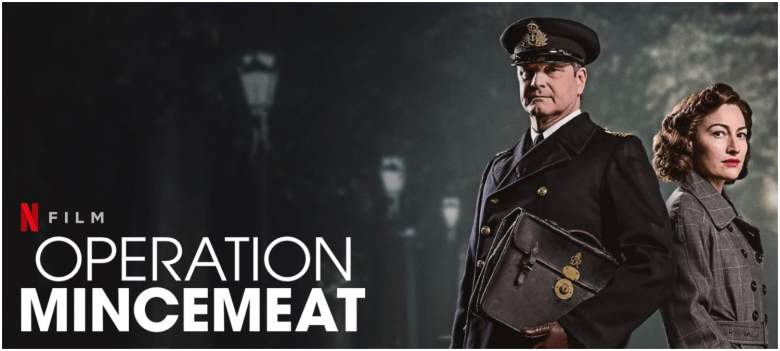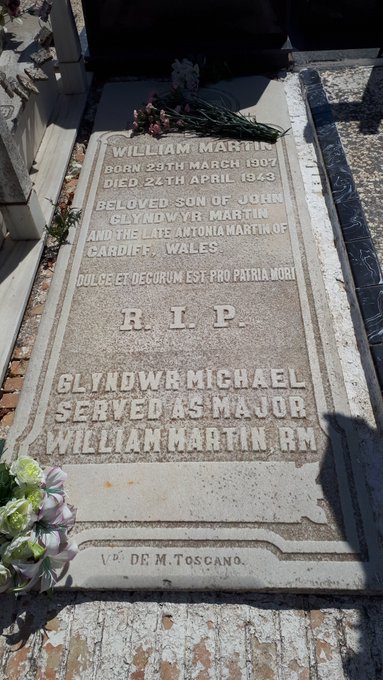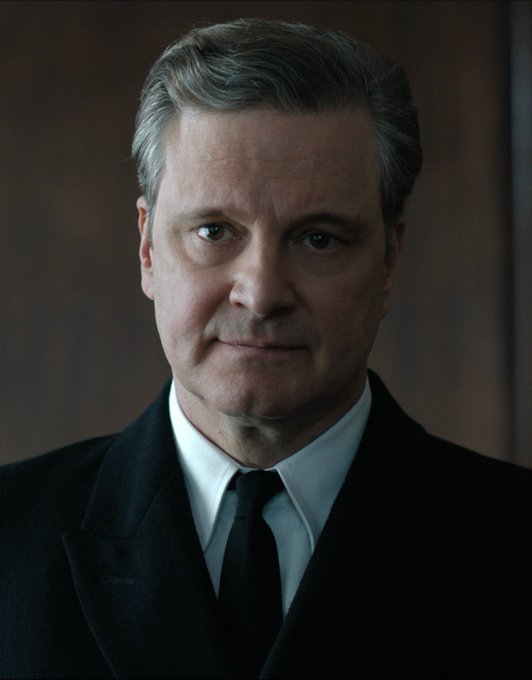
Netflix A Netflix promotional image for "Operation Mincemeat."
“Operation Mincemeat” is a Netflix film based on a true story and the real-life World War II military operation from which the movie got its name. While the film is based on historical accounts, some characters and details are fictionalized.
Director John Madden told the LA Times that relying solely on known historical facts would leave gaps in the story.
“The story is about speculation,” Madden told the newspaper. “That’s what an espionage story is about. It’s about guesswork. It’s about hunches. It’s about filling in the gaps. That’s exactly what [the officers] are doing with the fiction they’re creating in the story and hoping that there are no gaps. But, of course, you’re left guessing, even when you’ve covered every single base. The story’s about the creation of a fiction, [and] we were creating our own fiction of this set of events, which themselves are not totally definitive. Because there’s a point where historical research won’t get you any further, and you just have to speculate.”
Here’s what you need to know about the true story behind Operation Mincemeat:
Human Elements Were Added to the Historical Account to Embellish the Story & on the Backstory of Glyndwr Michael
Many of the moments that the Netflix film strayed from truth were at times when the showrunners wanted to convey the human elements behind the story. Some of the embellishments were speculation, and some were pure conjuring, Madden told the LA Times. But he said that relying fully on the historical account would have resulted in a highly technical film.
Among the additions was the fictional sister of Glyndwr Michael. On the film, she is told of her brother’s death, but no siblings appeared in the historical account. Writer Michelle Ashford added the sister to convey the humanity of Michael, and to emphasize that he was a real person, not a prop in a plot.
“[It was important] to really try and find in the movie the messiness of war,” Ashford told the LA Times. “The fact that they need to do this, but there’s consequences if you just steal a person and stuff them in a life jacket and throw them in the water. I loved that part of the story because I found it complicated and poignant and curious. The sister showing up was a fictionalized element of the story. But he had some family, somewhere. So to make that person appear [is] representative of the fact that that guy came from somewhere.”
Michael was buried with military honors as Maj. William Martin. It was not until 1996 that his true identity was revealed, and an inscription was added to his tombstone in 1998. In Montagu’s book, “The Man Who Never Was,” he says Michael died from pneumonia and the government gave permission to use the body.
The LA Times reported that officers worked with coroner Bentley Purchase and took the body from a morgue, according to Ben Macintyre, who wrote the book that served as the basis for the movie, “Operation Mincemeat: The True Spy Story That Changed the Course of World War II.”
“Basically, they just lifted the body. They believed that nobody would claim it. They believed he had no family. They were wrong about that. They just thought they could get away with stealing the body. It’s as simple as that,” Macintyre told the LA Times. “The whole thing is macabre and absurd. But one of the reasons the film works so well, I think, is there is a kind of absurd element to it. And that is very true to life. Because the reality is that Montagu and Cholmondeley and the other people involved in this, they were fully aware that there was something ridiculous about what they were doing, which is what gives the film great tension.”
Operation Mincemeat Was Inspired By the Trout Memo, Written By James Bond Novelist Ian Fleming
The inspiration for the military operation came from Ian Fleming, according to the LA Times. At the time, Fleming was assistant to the director of Naval Intelligence, Adm. Sir John Godfrey. Fleming would go on to write the James Bond novels.
Madden told the LA Times that Fleming’s involvement in the plot was an extraordinary find. Godfrey, who would serve as the inspiration for “M” in the James Bond story, and Fleming wrote the Trout Memo listing ideas for military operations.
“One of these ideas, No. 28, was the kernel of this idea, which was to get a dead body and to make it look as if it was an airman who had drowned at sea and equip it with false papers and ship it somewhere,” Macintyre told the newspaper. “He got the idea from a novel by a man no one ever reads these days called Basil Thomson, who was a pretty dreadful prewar novelist. I love the idea that it comes from a novel and it’s picked up by another novelist.”
READ NEXT: Ewen Montagu: The ‘Operation Mincemeat’ Mastermind



